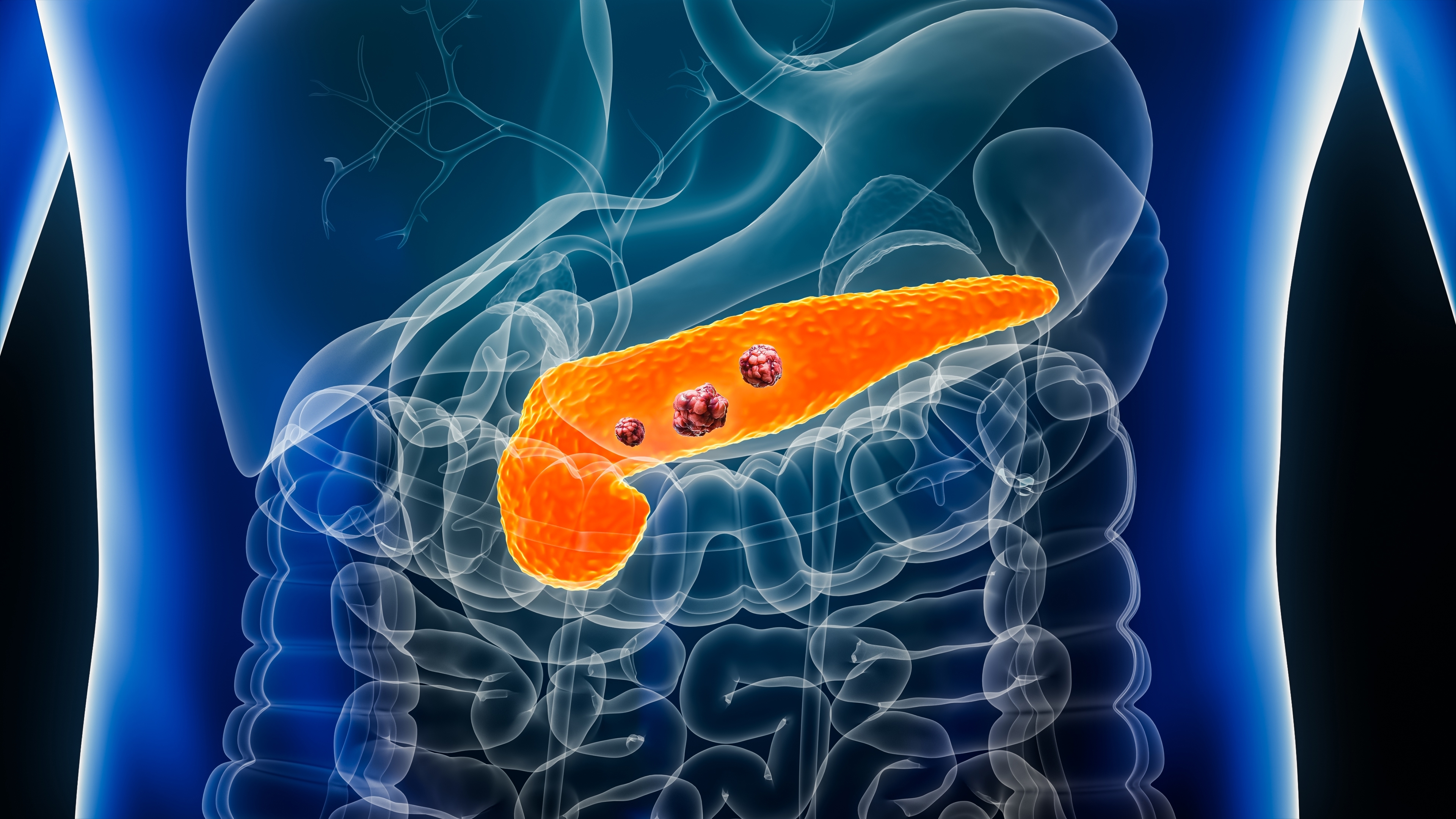Pancreas Cancer
Home » Specialties » Pancreas Cancer

About Pancreas Cancer
Pancreatic cancer begins in the tissues of your pancreas — an organ in your abdomen that lies behind the lower part of your stomach. Your pancreas releases enzymes that aid digestion and produces hormones that help manage your blood sugar.
Several types of growths can occur in the pancreas, including cancerous and noncancerous tumors. The most common type of cancer that forms in the pancreas begins in the cells that line the ducts that carry digestive enzymes out of the pancreas (pancreatic ductal adenocarcinoma).
Pancreatic cancer is seldom detected at its early stages when it’s most curable. This is because it often doesn’t cause symptoms until after it has spread to other organs.
Pancreatic cancer treatment options are chosen based on the extent of the cancer. Options may include surgery, chemotherapy, radiation therapy or a combination of these.
Symptoms
Signs and symptoms of pancreatic cancer often don’t occur until the disease is advanced. They may include
- Abdominal pain that radiates to your back
- Loss of appetite or unintended weight loss
- Yellowing of your skin and the whites of your eyes (jaundice)
- Light-colored stools
- Dark-colored urine
- Itchy skin
- New diagnosis of diabetes or existing diabetes that's becoming more difficult to control
- Blood clots
- Fatigue
Types of pancreatic cancer
Exocrine tumors.
These are the most common type of pancreatic cancer. Most people refer to this type of cancer simply as pancreatic cancer. The most common type of exocrine tumor is called adenocarcinoma. Adenocarcinoma is not unique to the pancreas, as it develops in the glandular tissue that lines certain internal organs. When these tumors occur in the pancreas, they usually start in the ducts of the pancreas, called ductal adenocarcinoma. Much less commonly, if the tumor begins in the acini, it is called acinar cell carcinoma.
An increasingly common diagnosis is called intraductal papillary mucinous neoplasm (IPMN). An IPMN is a tumor that grows within the ducts of the pancreas and makes a thick fluid called mucin. Pancreatic ducts carry fluids from the pancreas to the bowels to help with digestion. IPMN is not cancerous when it begins, but it could become cancerous over time if not treated. Sometimes, an IPMN has already worsened and has become a cancer by the time it is diagnosed.
Much rarer types of exocrine pancreatic tumors include acinar cell carcinoma, adenosquamous carcinoma, colloid carcinoma, giant cell tumor, hepatoid carcinoma, mucinous cystic neoplasms, pancreatoblastoma, serous cystadenoma, signet ring cell carcinoma, solid and pseudopapillary tumors, squamous cell carcinoma, and undifferentiated carcinoma.
Endocrine tumors
These are also called pancreatic neuroendocrine tumors (PNETs) or islet cell tumors. They are much less common than exocrine tumors, making up about 7% of all pancreatic cancers. This type of tumor is very different than what most people refer to as pancreatic cancer. A pancreatic neuroendocrine tumor can be functioning or nonfunctioning. A functioning tumor makes hormones. A nonfunctioning tumor does not make hormones. A functioning neuroendocrine tumor is named based on the hormone the cells normally make. These include:
- Insulinoma
- Glucagonoma
- Gastrinoma
- Somatostatinoma
- VIPomas
- PPomas